Medicine for Melancholy
7 /10 1 Votes7
Genre Drama, Romance Duration | 6.8/10 IMDb Writer Barry Jenkins Initial release January 30, 2009 (USA) Running time 1h 28m Producer Justin Barber | |||||||||||||||||||||||||||||||||
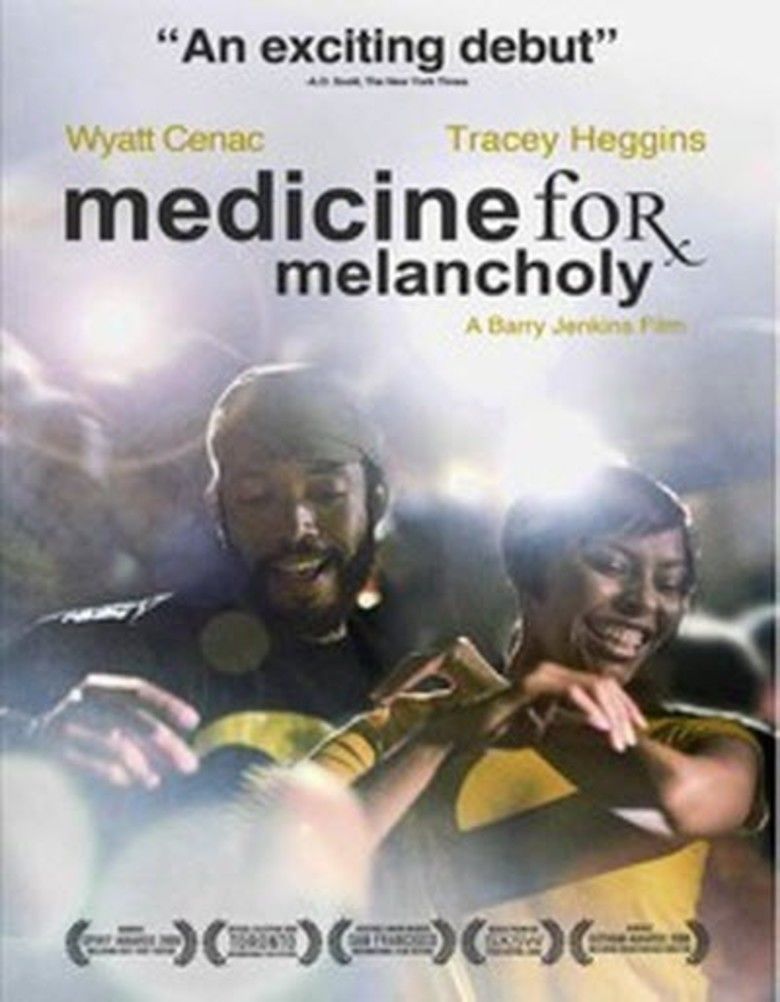 | ||||||||||||||||||||||||||||||||||
Similar movies To Kill a Mockingbird , Knocked Up , Forgetting Sarah Marshall , The Green Mile , The Color Purple , Good Luck Chuck | ||||||||||||||||||||||||||||||||||
Medicine for Melancholy is a 2008 independent romantic drama film written and directed by Barry Jenkins. The film stars Wyatt Cenac, Tracey Heggins, and Elizabeth Acker.
Contents
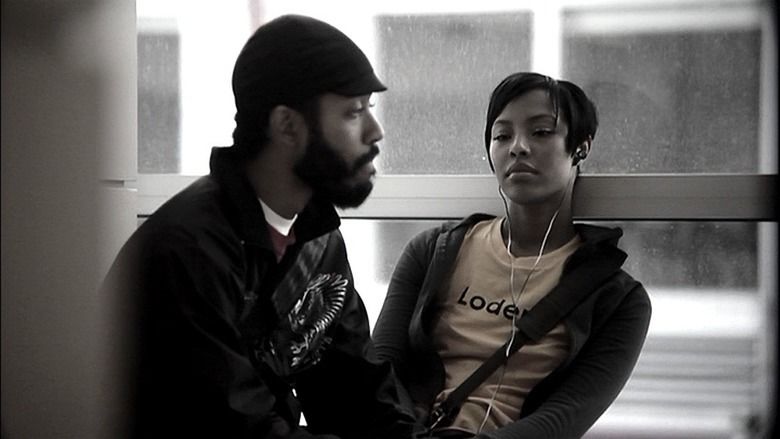
The film had its world premiere at South by Southwest on March 7, 2008. It was released in a limited release on January 30, 2009, by IFC Films.
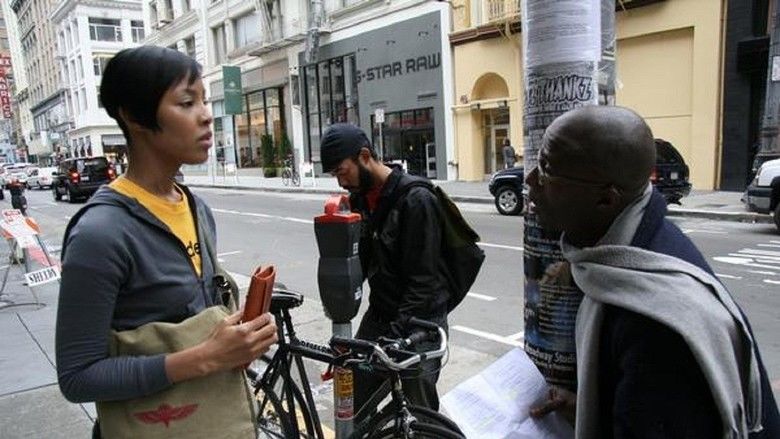
Medicine for melancholy official trailer
Plot
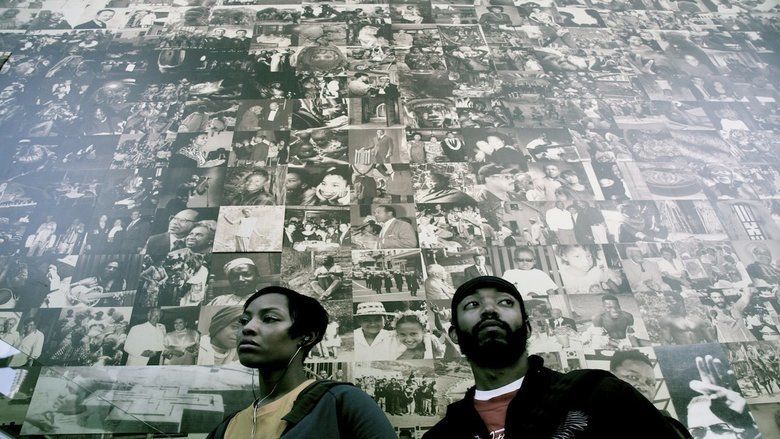
Medicine for Melancholy chronicles the one-day romance of Micah (Wyatt Cenac) and Jo' (Tracey Heggins), two black twenty-somethings, who have a one night stand and end up spending a full day and night together, despite Jo’s long-distance relationship with a wealthy, white gallery owner. The characters wake up in someone else's bed after a party, and head their separate ways. Jo' leaves her wallet in their shared taxi, and they reconnect when he returns it to her at her apartment. Throughout the day, Micah and Jo visit the Museum of the African Diaspora, stumble upon an affordable housing coalition meeting, and attend a concert. Venturing around San Francisco, the characters discuss race and gentrification with regard to the low percentage of African Americans living in San Francisco. Micah is openly critical of Jo's interracial relationship, as he struggles to reconcile his African American identity with the predominantly white world of the hipster scene in San Francisco.
Production

Jenkins wrote the film two years prior to its release. Medicine for Melancholy mainly confronts themes of African American assimilation into "hipster" or "indie" culture. The city of San Francisco also emphasizes African-Americans as the minority, since the race makes up 7% of the total population. Writer and director Barry Jenkins has described the film's two main characters as "playing out a debate back and forth about identity politics". Each of the two main characters embodies an ideology. Jenkins saw the character of Micah as a man who was always building barriers, whereas Jo thinks that race is a limiter. Accusing Jo of assimilation, Micah strives to reclaim his essential "blackness" as Jo' contrastingly claims Micah has a "hang up" about his race and strives to overcome her own. The film includes desaturation of images. Filmmakers went through the film shot by shot and pulled out the majority of color. In an interview, director Barry Jenkins stated that certain scenes in the film have more color to reflect when the characters aren't thinking about race or housing issues.
Release
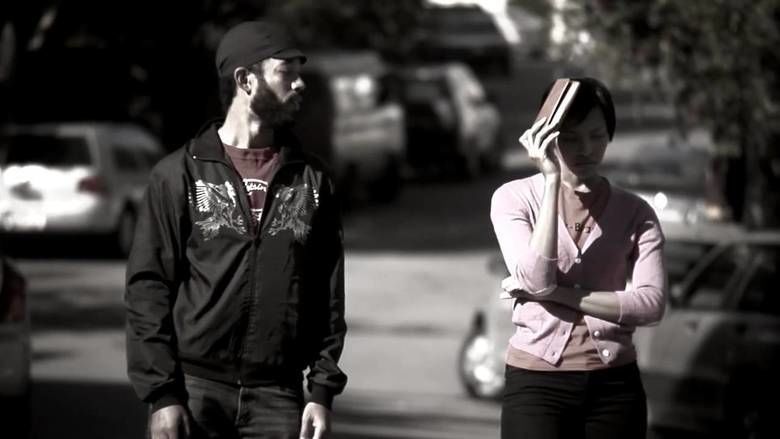
The film had its world premiere at South by Southwest on March 7, 2008. It went onto screen at the Los Angeles Film Festival on June 20, 2008. Shortly after, IFC Films acquired distribution rights to the film. It also screened at the Toronto International Film Festival in September, and at the Mar del Plata International Film Festival in November where it was nominated for Best Film. It was released in a limited release on January 30, 2009.
Critical reception
Roger Ebert of the Chicago Sun-Times gave the film 3.5 out of 4 stars, calling the actors "effortlessly engaging" and the direction "assured"; he also noted the film was "beautifully photographed". It was a New York Times Critics' Pick and nominated for three 2008 Independent Spirit Awards. On Rotten Tomatoes, it has an 83% fresh rating.
References
Medicine for Melancholy WikipediaMedicine for Melancholy IMDb Medicine for Melancholy themoviedb.org
